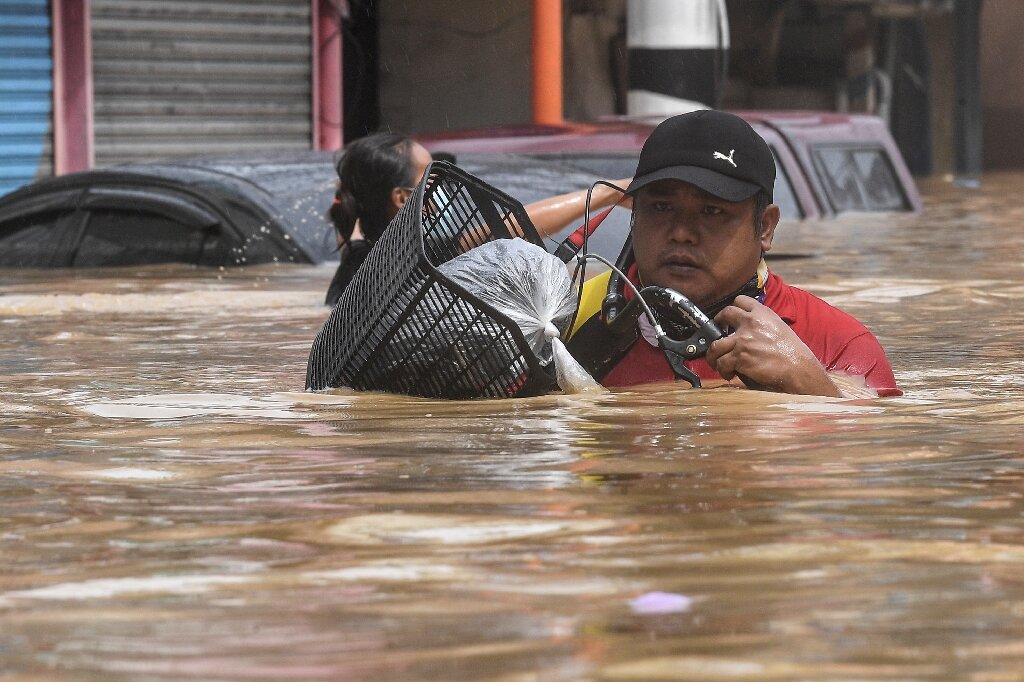
The typhoon’s torrential rains began affecting the region early this week, overwhelming drainage systems and resulting in rapid water accumulation. Major thoroughfares, including Quezon City and surrounding areas, have experienced severe flooding, causing widespread traffic delays and damaging vehicles. Emergency services have been deployed to assist affected communities, and local government units are actively working to manage the crisis.
Metro Manila’s public transportation system has been notably impacted. Many bus routes and commuter trains are either delayed or suspended due to the high water levels. This disruption has led to long waits and overcrowding at remaining operational stations, exacerbating the difficulties faced by daily commuters.
Residents have reported significant property damage, with homes in low-lying areas suffering the brunt of the floodwaters. Emergency shelters have been set up to provide temporary refuge for those displaced, and aid organizations are distributing essential supplies to affected communities.
Authorities are closely monitoring the situation and implementing flood control measures. Efforts include the clearing of drainage systems and the deployment of additional resources to prevent further water accumulation. Despite these measures, the continued rainfall presents ongoing challenges, with forecasts suggesting that the typhoon’s effects may persist for several days.
The impact of Typhoon Gaemi highlights the vulnerabilities of urban areas to extreme weather events. It underscores the need for robust disaster preparedness and infrastructure improvements to mitigate the effects of such natural disasters. The situation remains fluid, with emergency responses adapting to the evolving conditions on the ground.
As efforts continue to manage the immediate impact of the storm, longer-term considerations will focus on assessing the damage and implementing measures to reduce future risks. The response to Typhoon Gaemi will likely serve as a critical case study for managing large-scale flooding events and improving resilience in urban settings.
Topics
Live News
